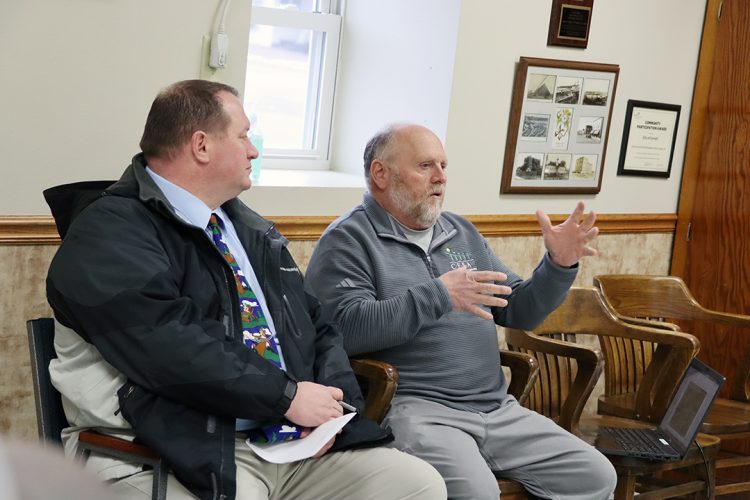If you’re going to go solar, now is the time


Cornell School District administrator Paul Schley (left) and CESA 10 executive director Charlie Schneider were present Jan. 25, to report to the Cornell City Council, on a proposed...


Cornell School District administrator Paul Schley (left) and CESA 10 executive director Charlie Schneider were present Jan. 25, to report to the Cornell City Council, on a proposed...